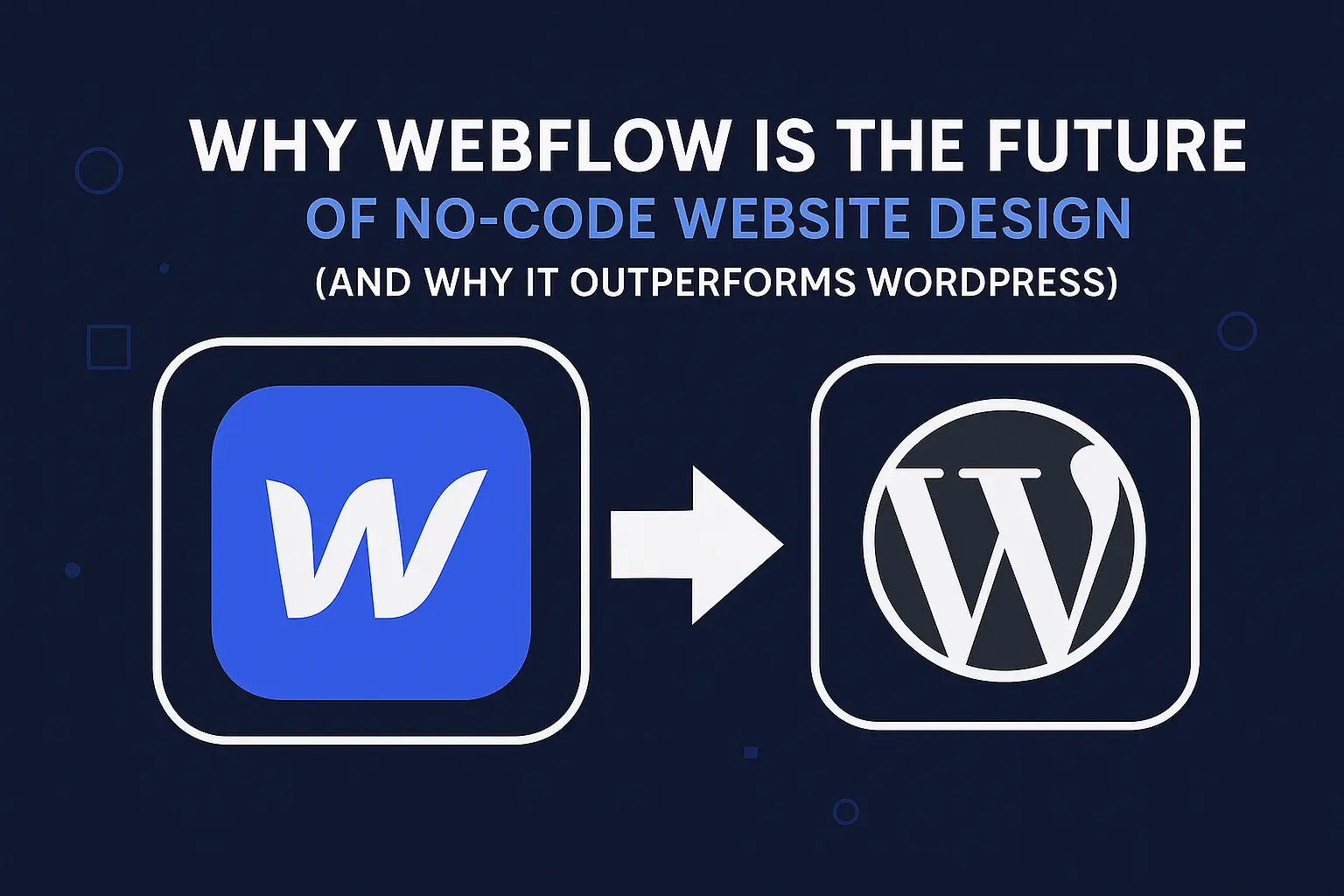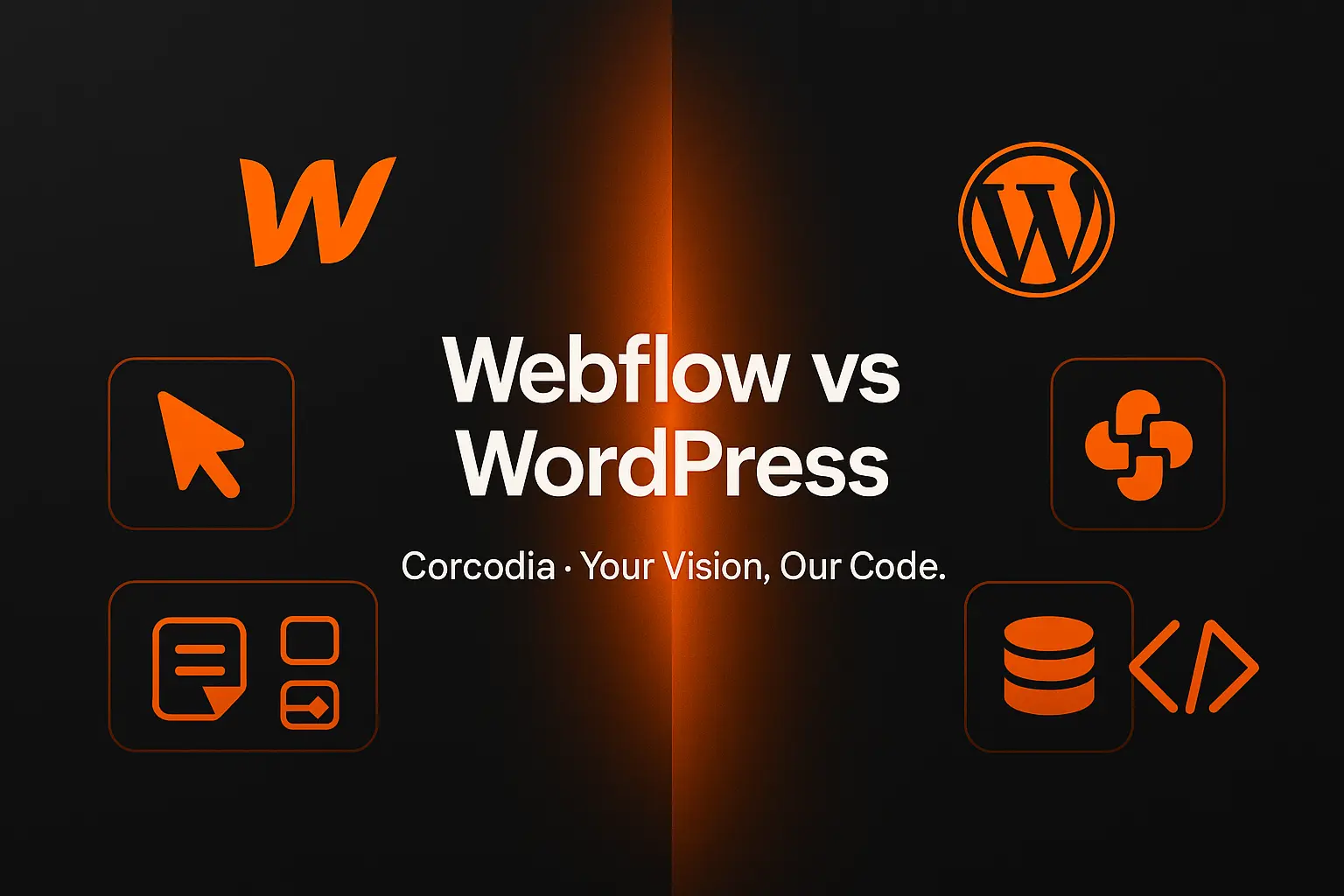
The Web design industry has shifted dramatically in recent years. Businesses and designers want speed, flexibility and control without relying heavily on developers. Webflow embodies this change — a no-code platform that empowers creators to design, build and launch websites visually, while maintaining clean, production-ready code behind the scenes. Unlike traditional CMS tools, Webflow eliminates the technical barriers between design and development, allowing faster delivery and real-time collaboration.
One of the biggest limitations of WordPress is dependency on themes and plugins. While customization is possible, it often requires coding knowledge or external developers. Webflow, on the other hand, offers complete creative freedom — every pixel can be adjusted visually, just like in Figma or Photoshop, but the result is live, responsive HTML and CSS. Designers can bring unique ideas to life faster, without worrying about plugin conflicts or rigid templates.
Speed and security are critical for modern websites. WordPress relies on third-party plugins for caching, security and optimization — which can lead to instability and slower load times. Webflow solves this by offering native hosting on a global CDN, automatic SSL certificates and built-in performance optimization. The result is lightning-fast websites with minimal maintenance and better SEO performance straight out of the box.
WordPress requires constant updates — themes, plugins and core files — creating potential security risks if ignored. Webflow removes that burden entirely. Its visual CMS allows teams to update content easily without touching code or worrying about compatibility issues. This makes it ideal for marketing teams, startups and agencies that want to manage content independently and efficiently.
Webflow is not just a design tool — it’s a complete Web platform. It integrates design, CMS, hosting and deployment into a single ecosystem. This eliminates friction between designers, developers and clients. With real-time collaboration, scalable hosting and full control over design and content, Webflow represents the next generation of Web development — faster, cleaner and built for modern business needs.
In summary:
While WordPress has served as a cornerstone of Web publishing for years, the future belongs to Webflow — a platform that merges design freedom with technical precision. It’s secure, scalable and empowering — the ideal choice for businesses looking to create modern, high-performance websites without compromise.


